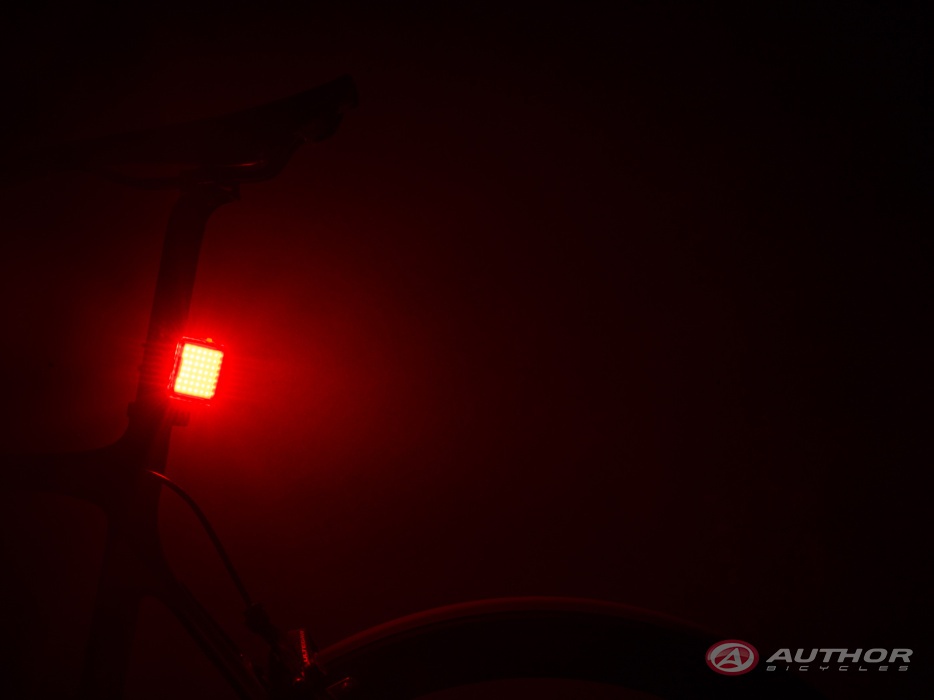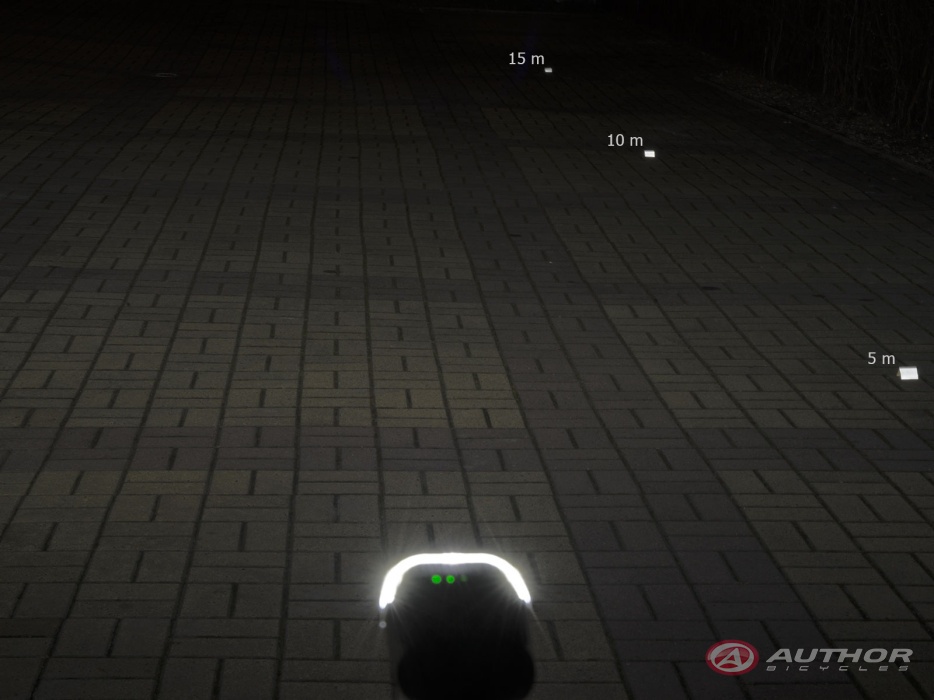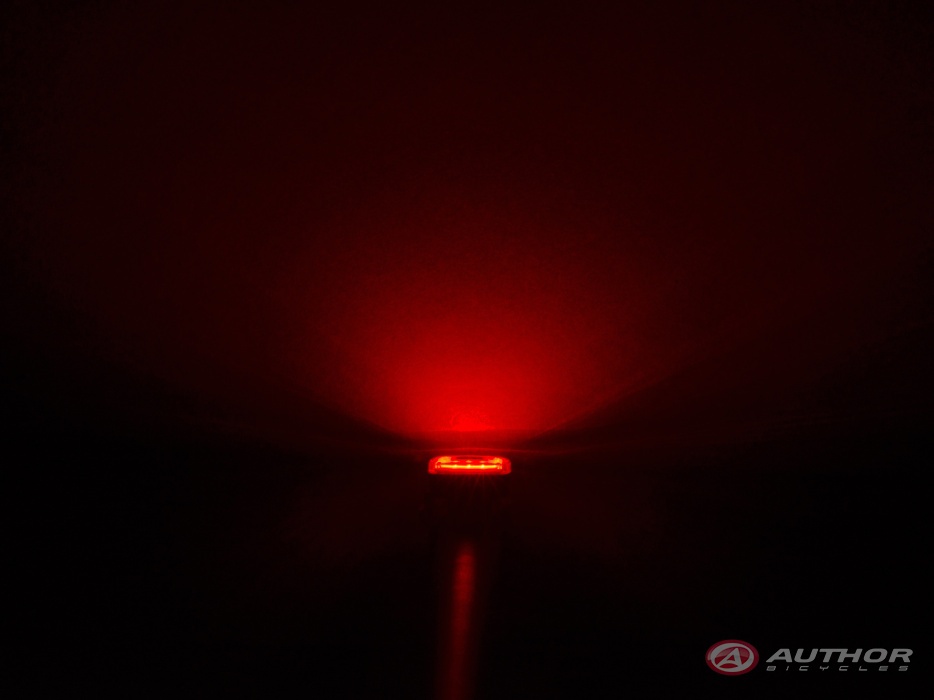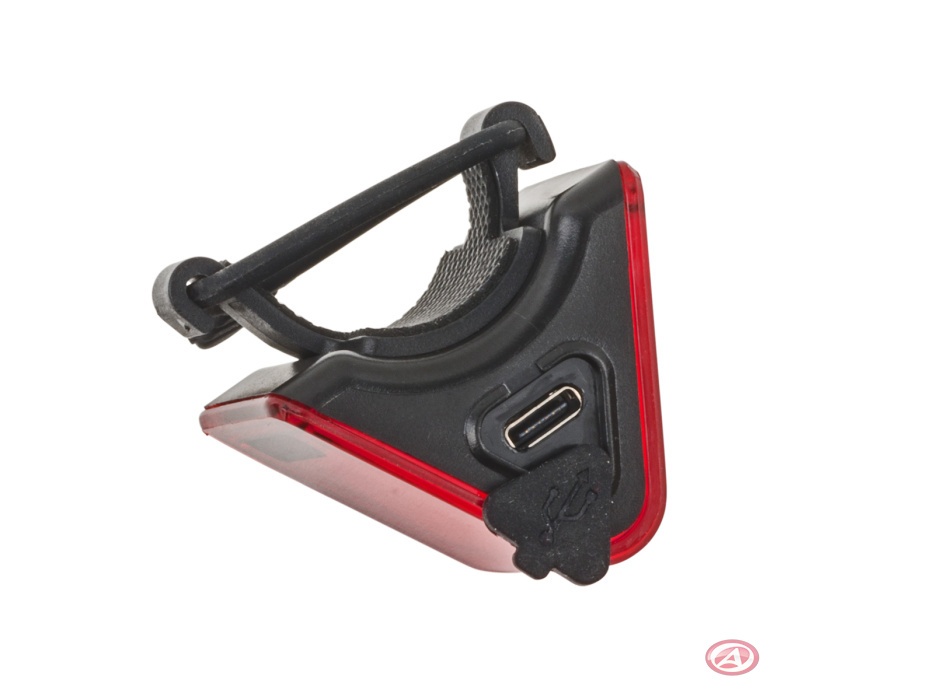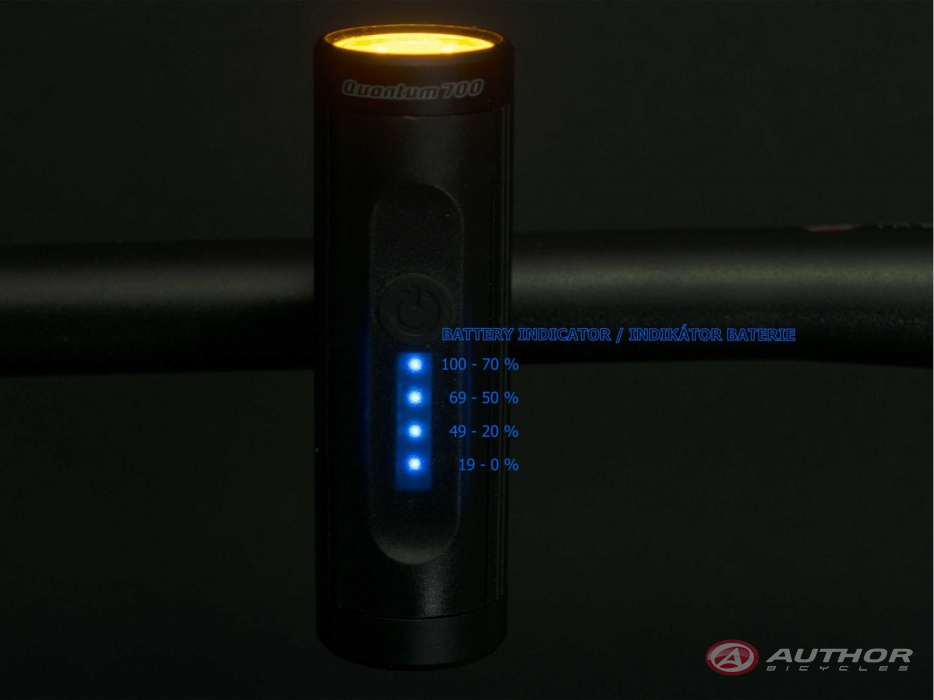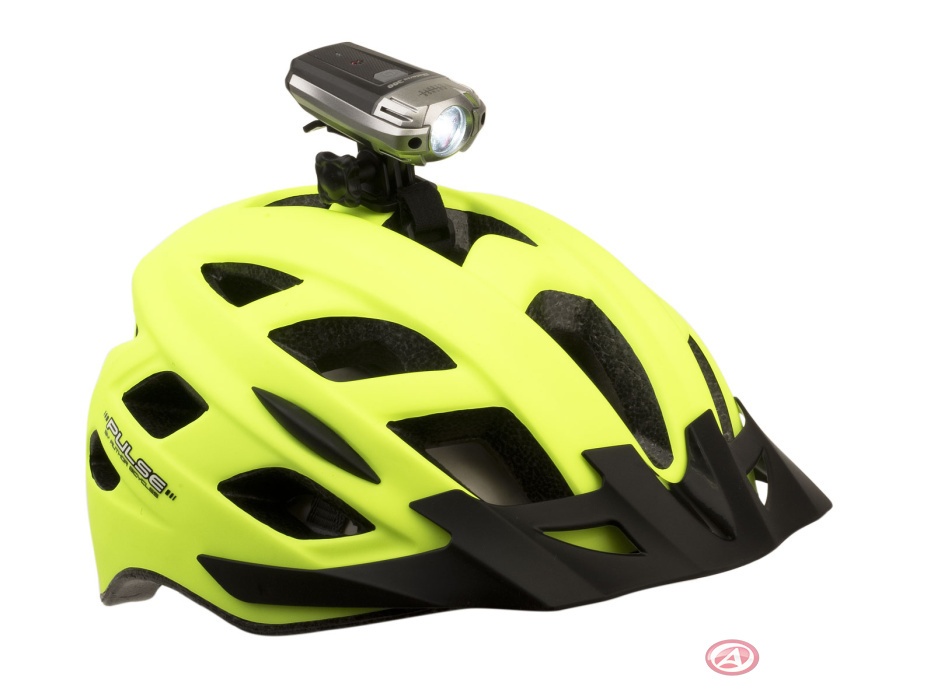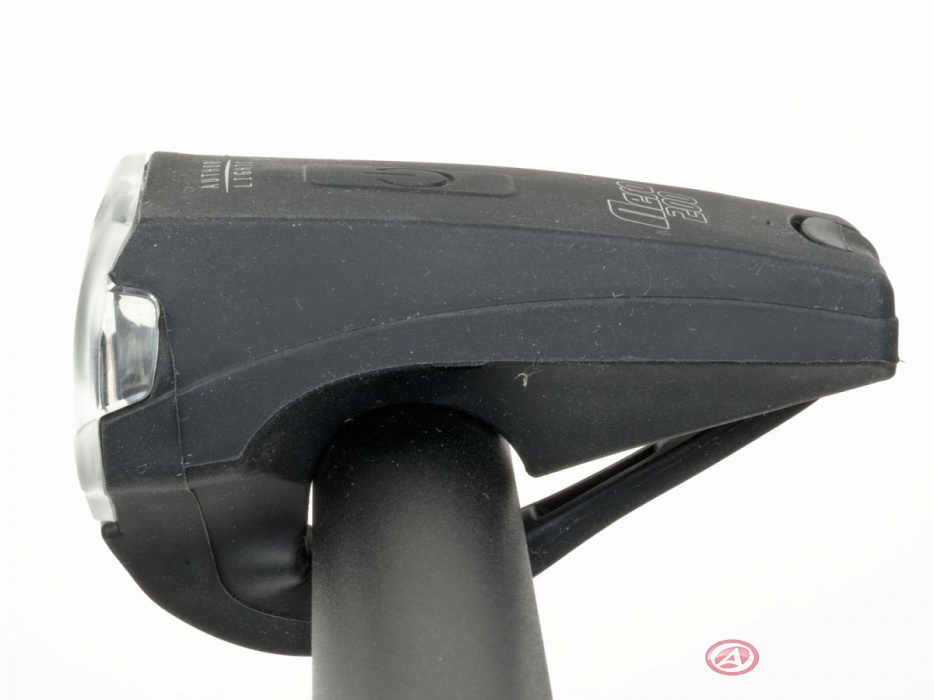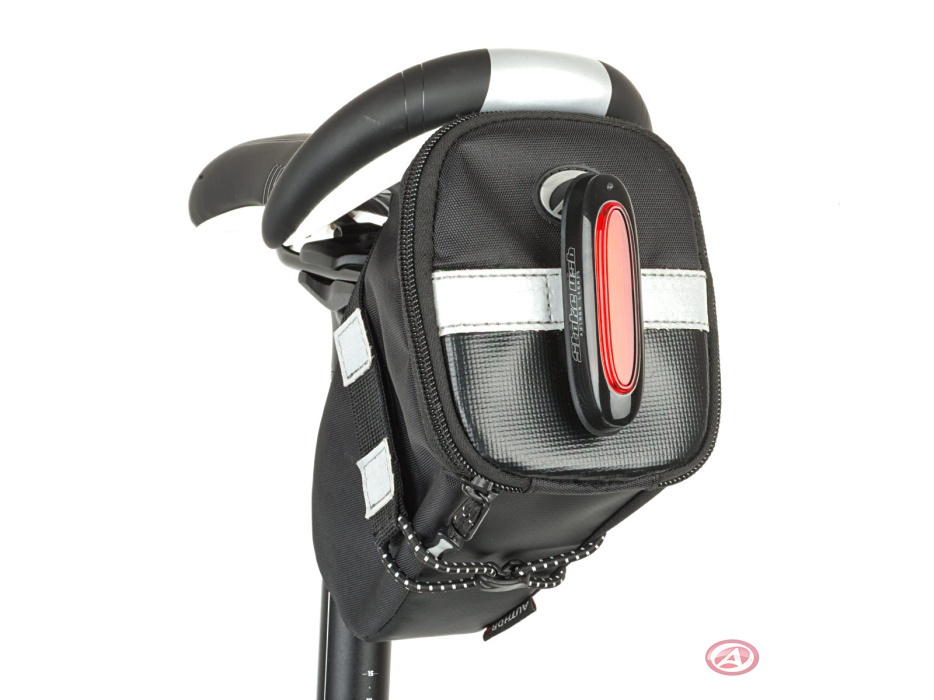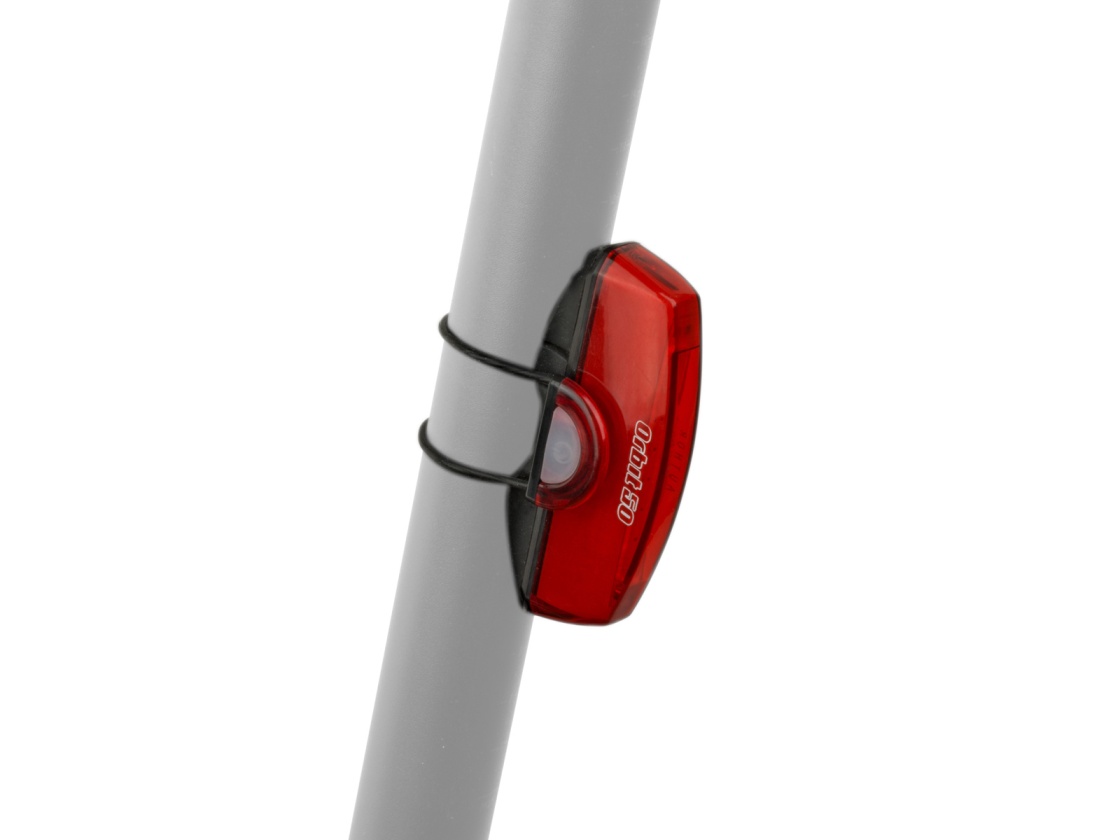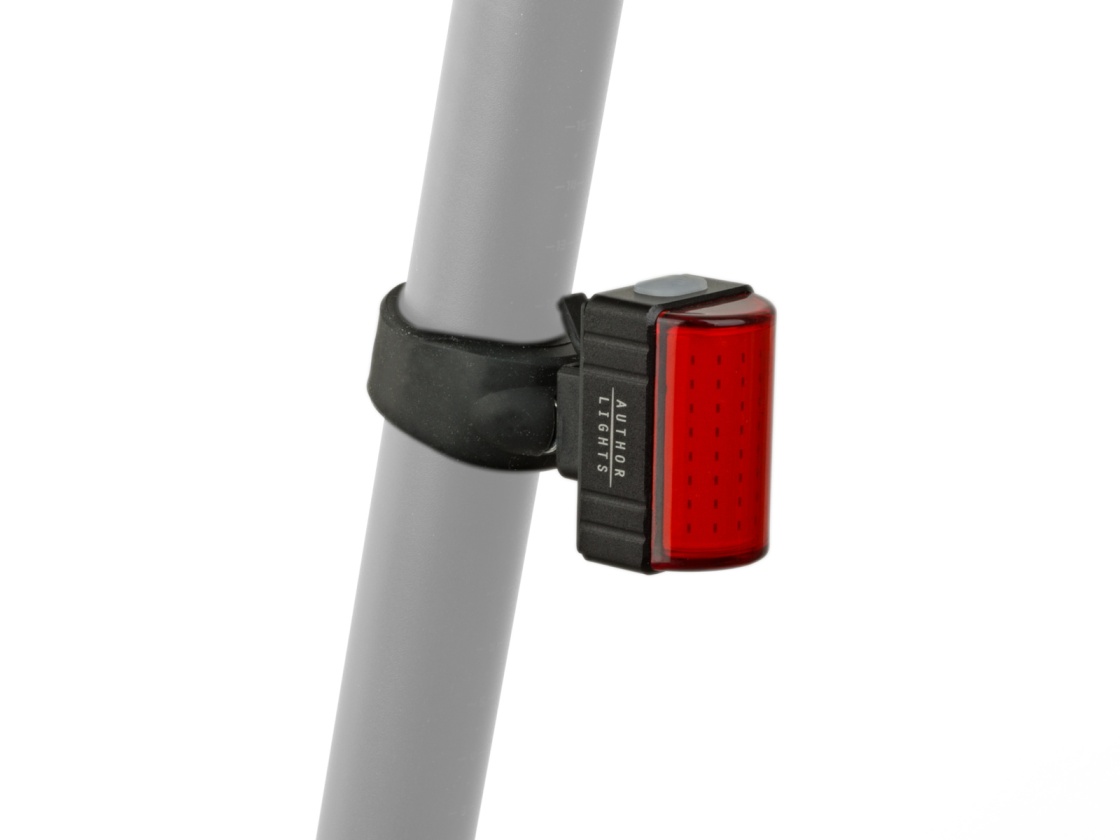Choosing a bicycle light is not entirely easy in today's wide range of options. The light should primarily increase the safety of the user as well as the safety of other road users.
The two main selection criteria are - WHERE and HOW OFTEN you will use the light.
How often do you use the light? If you use the light regularly several times a month, it pays to buy a rechargeable light. If you only use the light a few times a year, we recommend purchasing a battery-powered light.
DAYTIME RUNNING LIGHTS
More and more cyclists use this increase in safety due to better visibility of the cyclist for other road users even in "daylight". Rear lights with a luminous flux of approx. 50-100 lumens are intended for daytime lighting, which are equipped with so-called COB LED chips with high luminosity and perfect visibility from all angles. Today, there are already lights on offer that, thanks to their special shape, have so-called 360-degree visibility - they can be seen "all around". Powerful front lights, which are mainly intended for driving in low light conditions (300-1500 lm) have a mode with reduced power to 100-200 lm, which you use for daytime lighting (with reduced power, of course, battery life is extended). If you decide to use the light also for daytime lighting, be sure to choose rechargeable lights.
LIGHT SPECIFICATIONS - HOW TO UNDERSTAND
Important parameters when choosing a light are luminance in units of lumens (lm), battery type - rechargeable or classic disposable batteries (button, pencil AA/AAA, etc.), battery life for the given lighting method, method of attachment to the bicycle part, capacity indicator battery, overall processing and material used, water resistance.
BRIGHTNESS
Luminous flux value in lumens. This figure determines how strong the given light will shine, and you will find it in the specification of each bicycle light. However, studies show that a difference of less than 30% cannot be discerned by the human eye. So you can hardly tell whether the light has 500 or 350 lumens.
Lumens alone cannot answer the question of how well the road ahead will be lit. This figure determines the intensity of the lighting. The unit of light intensity is lux (lx). It expresses how many lumens of luminous flux fall on 1 square meter. The intensity of the lighting therefore also depends on the distance of the light from the illuminated surface (the farther the light source is from the object, the less lux will illuminate it), then on the uniformity of the light distribution (quality of the parabola) and the width of the light cone. As the conditions for determining the bicycle light are variable, the lux value is not given for the lights. So it's best to turn on the lights in the store and compare them. You can also view user videos where you can see how the light actually "shines" (mainly observe the shape of the light cone and the uniformity of the illuminated area).
When deciding how much light you need, it is important to be clear about where you will use the light. About 30 lm AUTHOR Stake Mini USB for city traffic is sufficient for the rear light, for driving outside the city (outside of public lighting) it is 40 to 100 lm AUTHOR Square CobLed 100 lm (100 lm is already the limit value for the rear light, so that there is no to dazzle other road users). The so-called COB LED chips are very practical for the rear lights, which have a high intensity and are placed on the entire surface of the parabola, thus guaranteeing an even distribution of light in all directions.
For headlights, the minimum value for illuminating the area in front of the bicycle is 150 lm, and it also depends on where you will use the light (road or terrain), how fast you drive, etc.
The uniformity and size of the illuminated area is also related to use (for driving on the road, a narrower light cone and a smaller illuminated area is enough, for off-road driving, choose a wider cone). This figure is not given in the specifications - the best way to find it out is to turn on the lights in the shop and compare them. It is also possible to view user videos - AUTHOR video
BATTERY TYPE
Rear lights with a rechargeable battery have the advantage of a compact size and shape. The compact shape of the light guarantees its simple attachment to the bike. Classic rear lights / flashing lights on disposable batteries retain their capacity for a long time and their discharge is gradual compared to rechargeable batteries, so they are suitable for occasional use.
For the front lights, disposable batteries are used for lights intended for urban traffic (luminous flux up to 150 lm) AUTHOR Zoom 150 lm.
Higher power lights then use rechargeable Li-ion batteries with different capacities depending on power and size. Recharging is then via a USB Micro B or USB-C connector. The light must always be equipped with a charging indicator that informs when the battery is fully charged.
BATTERY CAPACITY INDICATOR
A big advantage of the front powerful lights is the multi-level LED battery capacity indicator (it indicates the battery charge level when charging), which accurately informs about the battery status. So you can easily change the lighting mode or recharge the battery so that you never run out of light.
Very practical SAFE RIDE HOME function - when the battery capacity is low, the light automatically switches to energy-saving mode and lasts for another 45 minutes AUTHOR Square USB CobLed 50 lm.
WATER RESISTANCE / DUST PROTECTION
It is indicated by the IP number, where the first digit expresses protection against foreign objects and the second digit the resistance of light to water penetration. For bicycle lights, this is usually IP x5 (protected against splashing water) or IP 65 (completely dustproof + protected against splashing water).
MOUNTING THE LIGHT ON THE BIKE
For front lights, a universal holder for attaching to a round profile (handlebar) with a diameter of 22-32 mm is common. Again, it's a good idea to test the light attachment (strength, practicality, durability) or to check its suitability for your bike from the instructional photos/videos. Part of some front lights is a helmet holder and allows the light to be attached to the helmet, its advantage is very good visibility in city traffic, the disadvantage is the lower intensity of surface illumination due to the greater distance than when the light is on the handlebars.
For rear lights, the most common attachment is a universal silicone ring - a strap with which you can fasten the entire light directly to the profile of the bike frame. Another option is a bracket with a universal socket, which remains attached to the bike frame, and the tail light simply snaps into it. The shape of some lights is adapted to fit the small diameters of the rear frame structure. Some lights also include a clothes clip, thanks to which you can easily attach the light to a carrier bag, saddlebag or backpack.
USED MATERIAL
Most lights are made of high-quality plastics or stronger polycarbonates AUTHOR Stake USB 40 lm. For more powerful lights, duralumin is used due to the better dissipation of heat generated when lighting at full power AUTHOR Vision 800 lm USB.
AUTHOR bike lights can be viewed at AUTHOR lighting


